Reviewed by Julianne Ngirngir
Apple listened. After months of user complaints about the controversial Photos redesign in iOS 18, Apple has done something unprecedented in iOS 26: they admitted their mistake and fixed it. The single-tab experiment is over, smart customization is in, and spatial depth effects bring an entirely new way to experience your memories.
What you need to know: • Two-tab interface returns – Library and Collections are finally separated again • Spatial scenes transform photo viewing – depth effects borrowed from Vision Pro technology • Smart customization – intuitive layout options that learn your usage patterns • AI search gets better – works seamlessly with the cleaner interface design • Available this fall – compatible with iPhones back to iPhone 11
The Photos app has been on a wild journey. iOS 18 brought the biggest redesign in the app's history with its ambitious single-tab interface, followed by iOS 18.2's refinements that added video improvements and navigation fixes. But the single-pane design created a fundamental problem: it forced users to scroll through endless collections just to access basic functions. User feedback was harsh – many called the redesign confusing and overly busy, with some describing it as "many steps back, not forward."
iOS 26's approach reveals something important about Apple's design philosophy evolution: sometimes innovation means knowing when to course-correct rather than doubling down on a failed experiment.
The two-tab solution that actually makes sense
The most significant change in iOS 26's Photos app is the return to a dual-interface approach. Apple split your photo library into separate 'Library' and 'Collections' tabs, abandoning the single-pane design that frustrated so many users. This isn't just nostalgia – it's strategic design that enables new possibilities that weren't feasible in the cramped single-tab layout.
Your Library tab now focuses purely on chronological browsing with improved density options and faster scrolling performance. Meanwhile, Collections houses all the smart albums, People & Pets groupings, and custom albums you've created. The separation allows the redesign to maintain the intelligent organization that iOS 18 introduced – Recent Days, Trips, and People & Pets collections – while giving each section room to breathe and evolve independently.
This structural change creates space for features that were impossible before. The dedicated Collections tab can now offer more sophisticated filtering and sorting options without cluttering the main photo browsing experience, while the Library tab can focus on smooth, responsive photo viewing.
Spatial scenes bring your memories to life
Here's where iOS 26 gets genuinely exciting: spatial depth effects for your photos. Apple introduced the ability to view photos with new depth effects as part of spatial scenes, borrowing technology from the Vision Pro's immersive interface. This transforms how you experience memories by adding genuine dimensional depth to portrait photos and landscapes.
The Liquid Glass aesthetic creates subtle transparency effects throughout the Photos interface, but spatial scenes take this further. Photos now shift perspective as you move your device, creating an almost holographic quality that makes your memories feel more immersive. The effect works particularly well with portrait mode photos, where the depth data enables convincing parallax between subjects and backgrounds.
The spatial integration connects directly to the new two-tab structure – the cleaner interface provides an ideal canvas for these depth effects to shine without competing with busy navigation elements.
Smart customization without the chaos
iOS 26 solves one of iOS 18's biggest complaints by replacing overwhelming customization with intelligent adaptation. New options let you customize the density and layout of Collections view, but the app now learns your usage patterns and suggests layouts that match how you actually browse photos rather than presenting endless confusing options upfront.
The system observes which collections you access most frequently and automatically prioritizes them in your layout. If you rarely check Trips but constantly browse People & Pets, the interface adapts accordingly. Event details can now be viewed directly in the Photos app, showing context about when and where photos were taken without leaving the interface.
This builds strategically on the intelligent search capabilities that Apple Intelligence brought in iOS 18.1. The cleaner two-tab design showcases these search improvements better – when you search for specific queries like "Theo lying on table at Epcot," results appear in a focused view that isn't competing with navigation clutter.
The AI features that quietly work magic
While interface changes grab headlines, iOS 26's Photos app continues building on three AI features that solve genuine daily problems: Clean Up removes unwanted objects from photos with impressive accuracy, Memory movie creation lets you describe exactly what kind of slideshow you want, and natural language search consistently finds the right images on the first try.
The improved interface architecture enhances these AI capabilities in subtle but important ways. Search results now display in a cleaner grid without competing interface elements, while the dedicated Collections tab provides better context for AI-generated groupings like Recent Days and Trips. Apple's commitment to privacy-preserving AI shows in how responsive these features feel – everything runs on-device without cloud processing delays.
Where your photo memories go from here
iOS 26's Photos app represents more than just interface fixes – it demonstrates Apple's willingness to learn from user feedback and adapt rather than stubbornly defend design decisions. The two-tab design creates a foundation for future innovations while solving immediate usability problems.
The spatial depth effects hint at where photo viewing is heading as Apple's different platforms converge around immersive experiences. Combined with the cleaner interface, these changes position the Photos app to showcase AI improvements more effectively while maintaining the familiar browsing experience users actually want.
Compatible with iPhones back to the iPhone 11, these changes will reach hundreds of millions of devices when iOS 26 launches this fall. For anyone who struggled with iOS 18's Photos redesign, this update proves that sometimes the best innovation is knowing when to fix what's broken – and iOS 26 delivers exactly that fix.





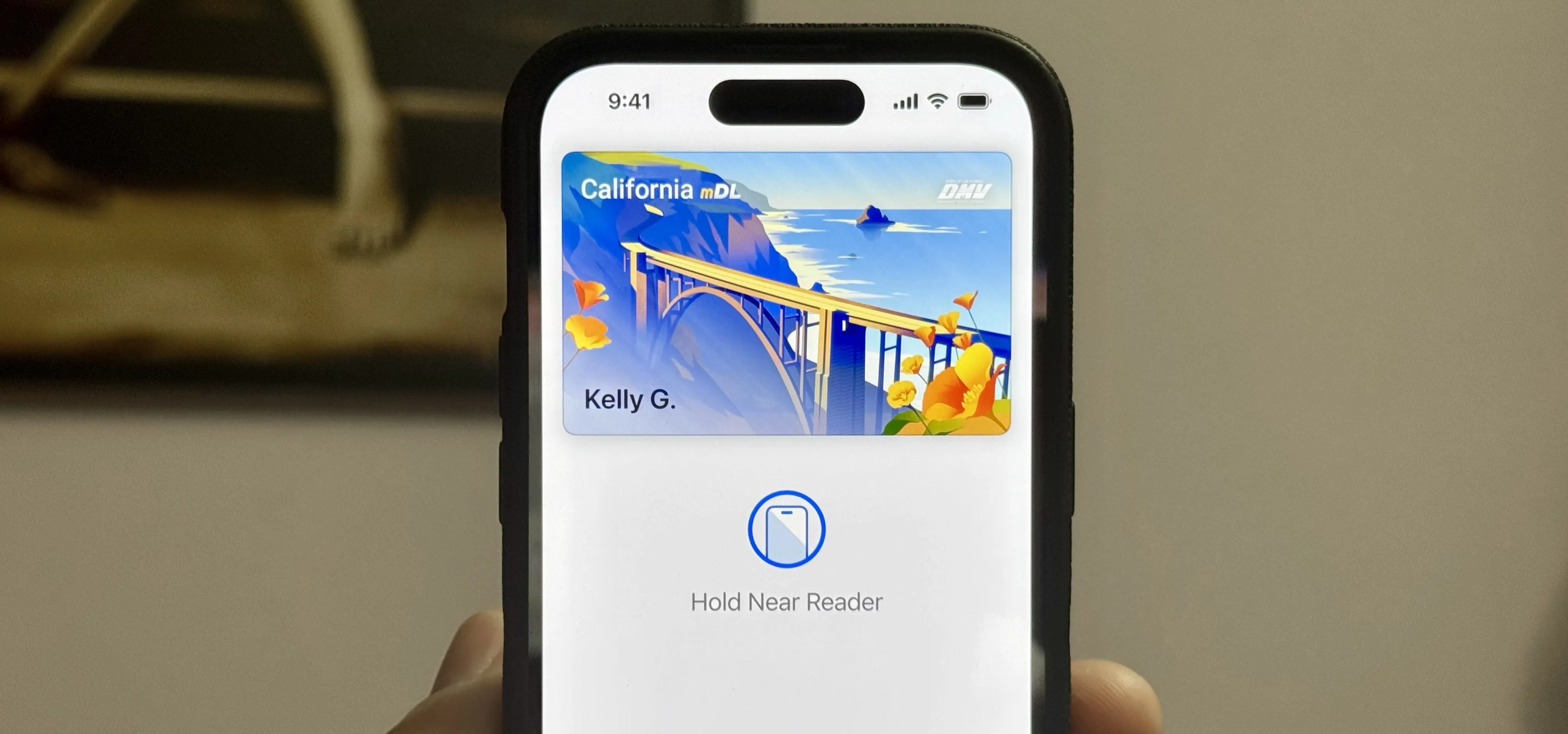
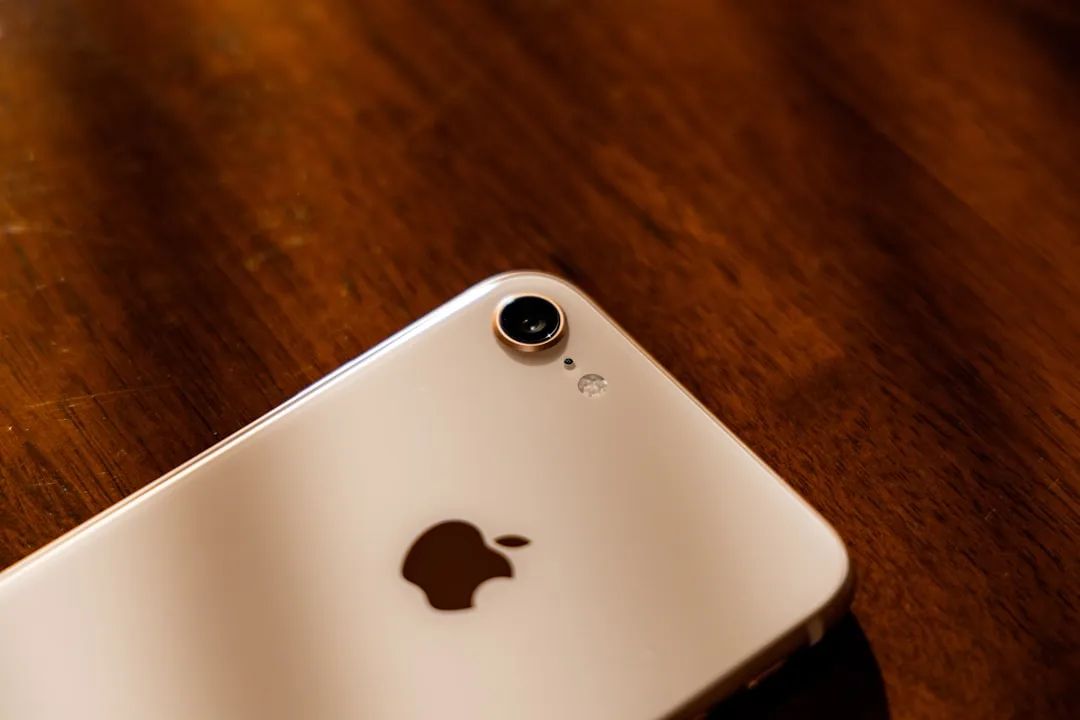
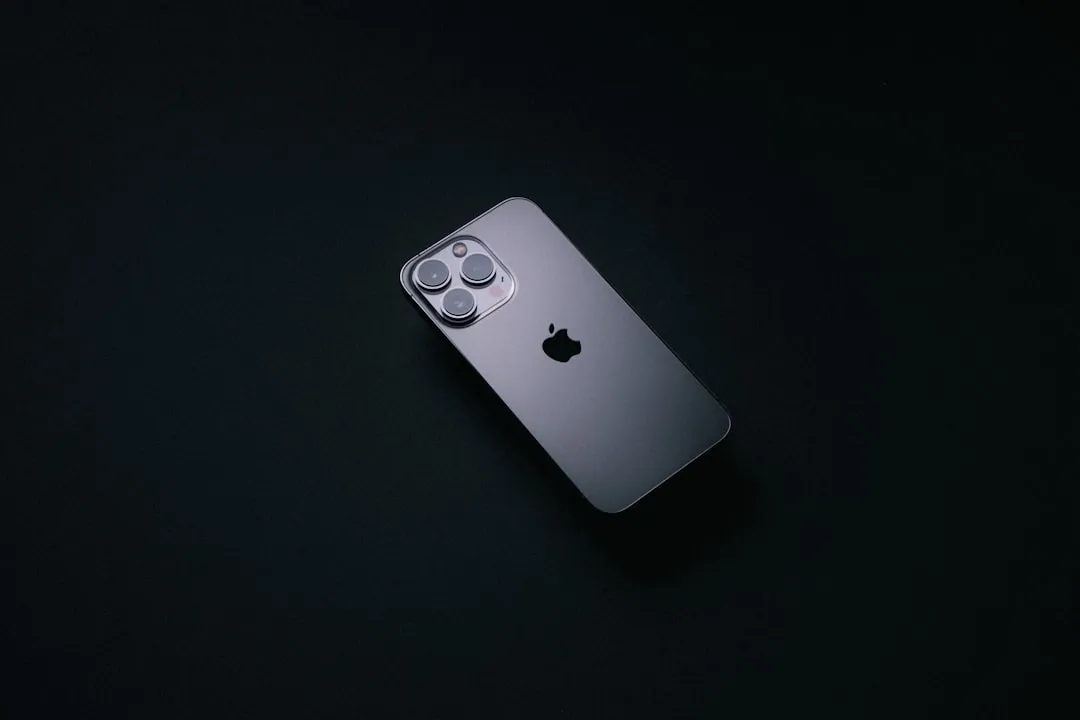
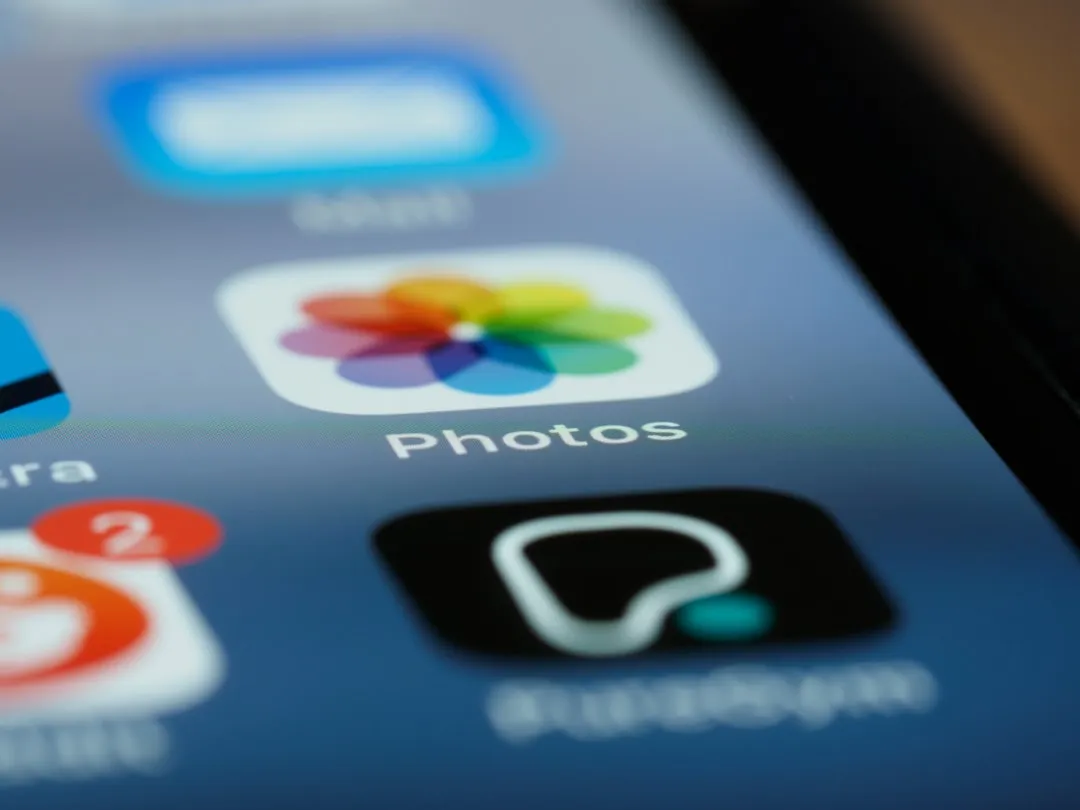
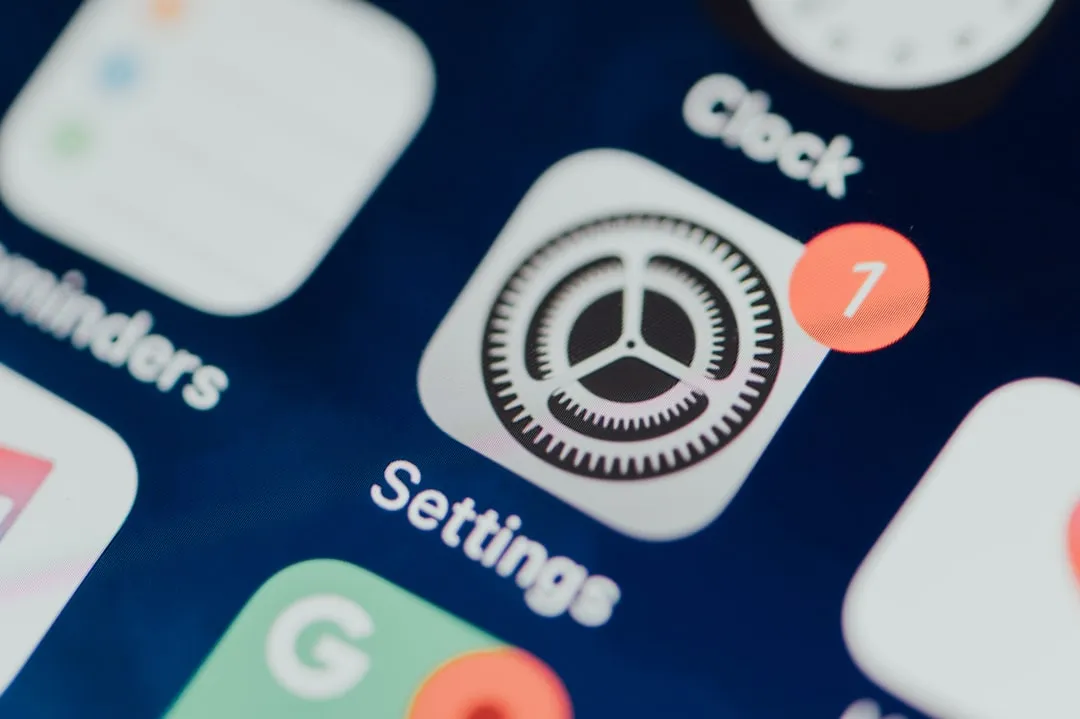
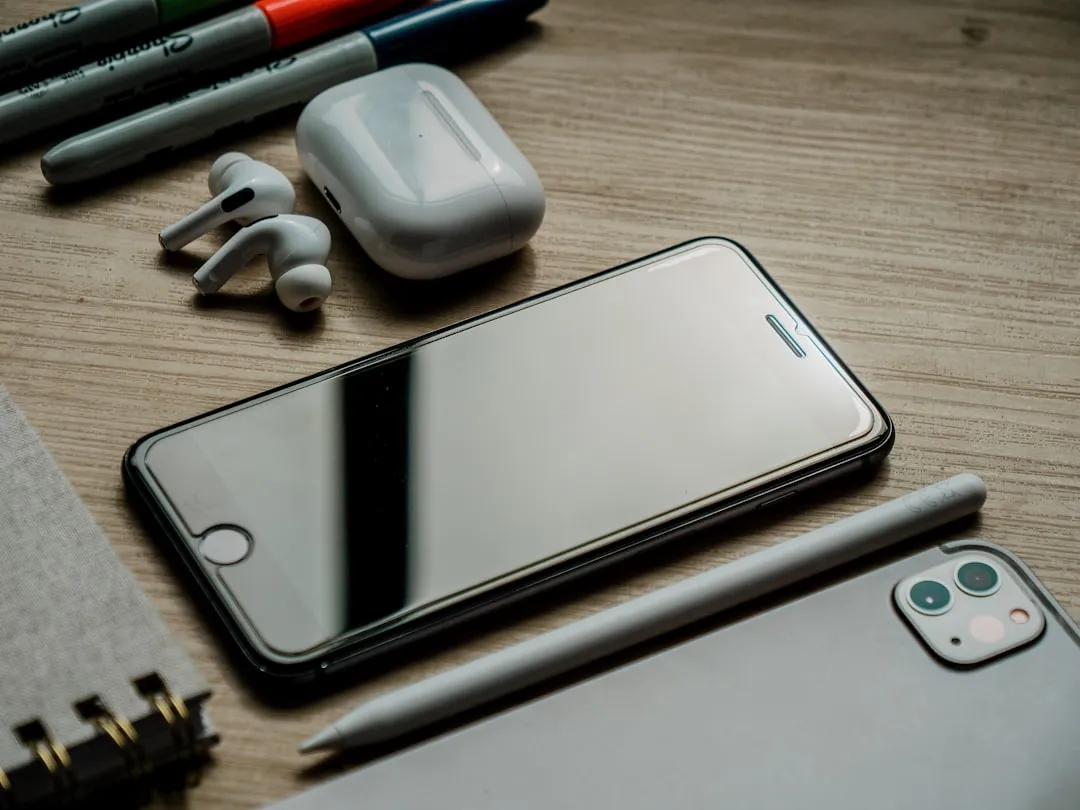

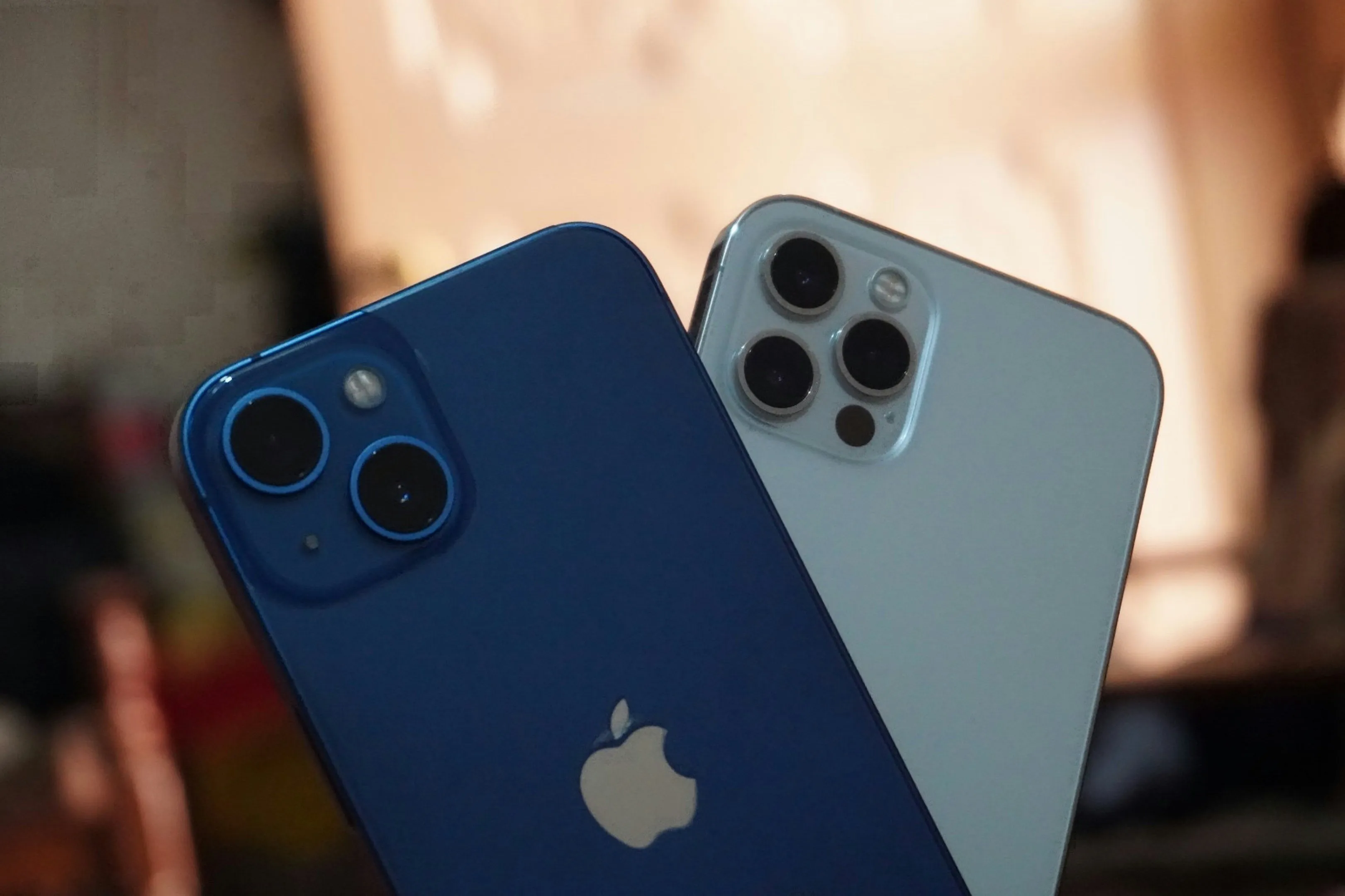

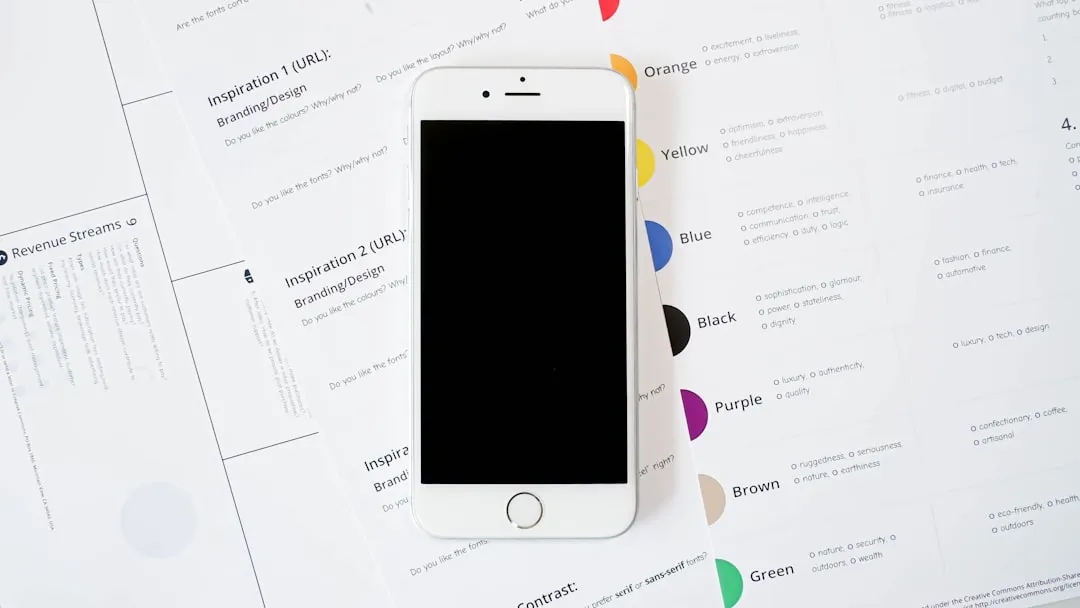
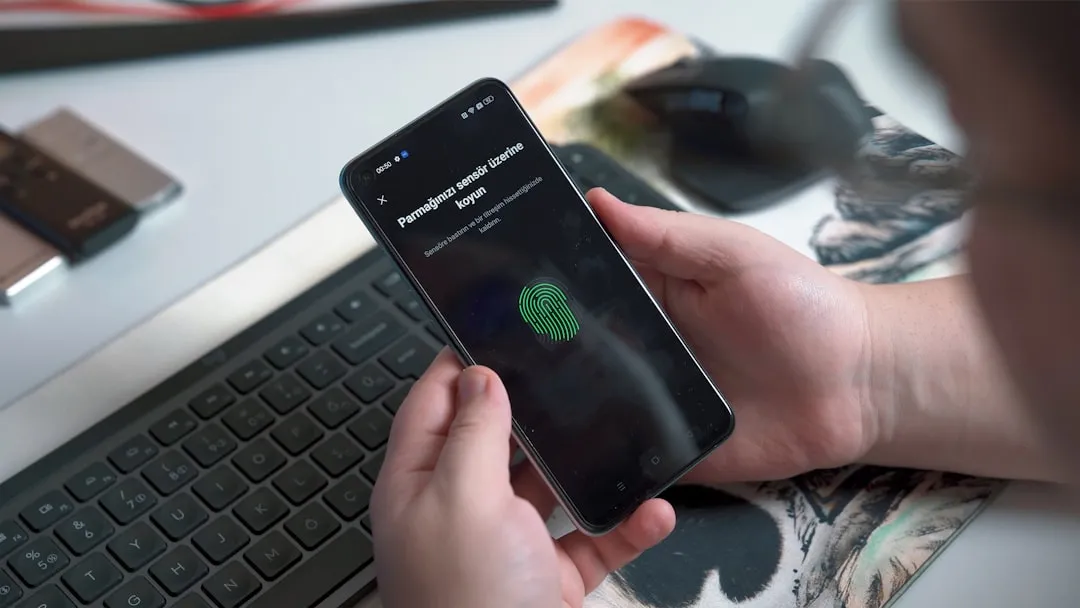
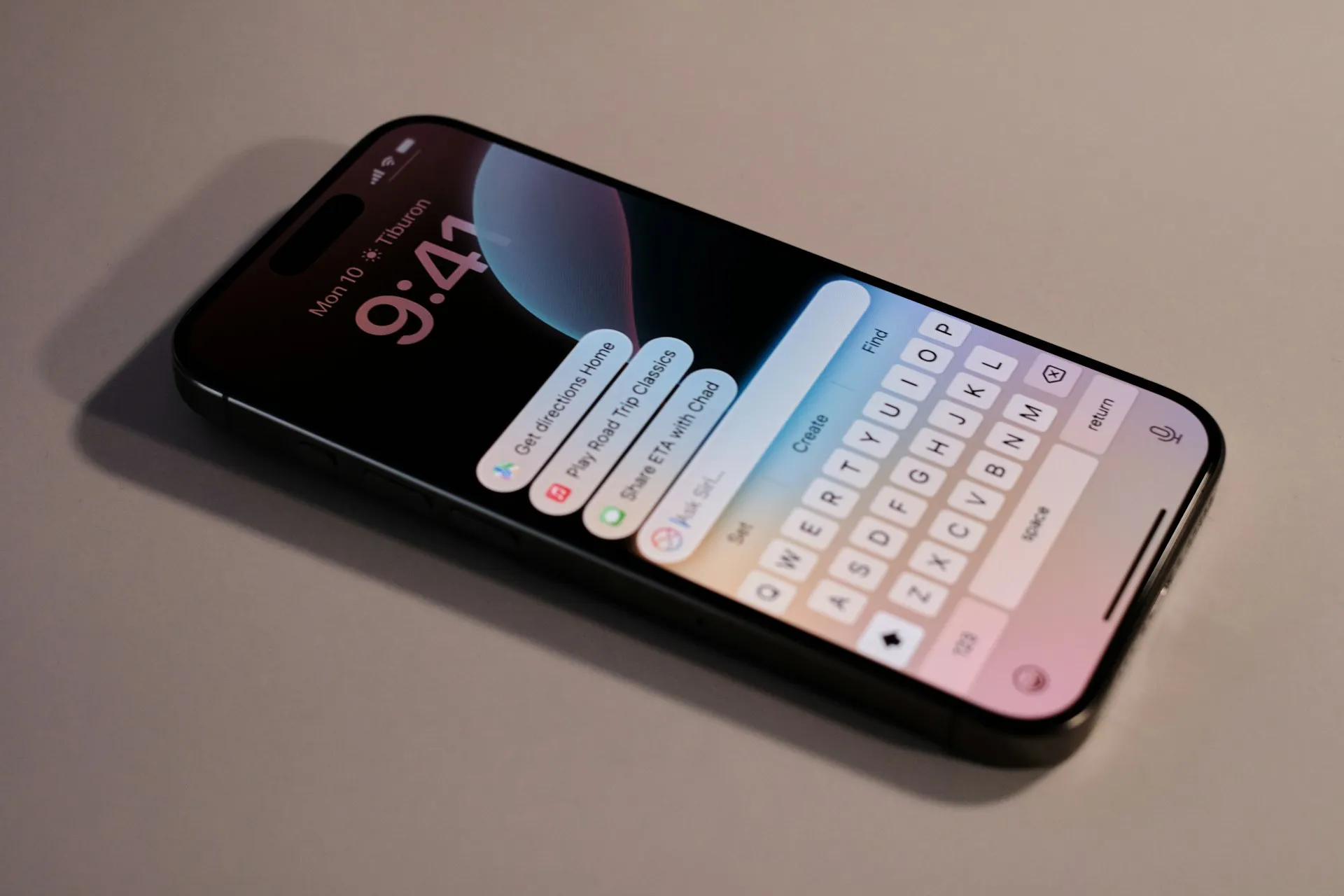

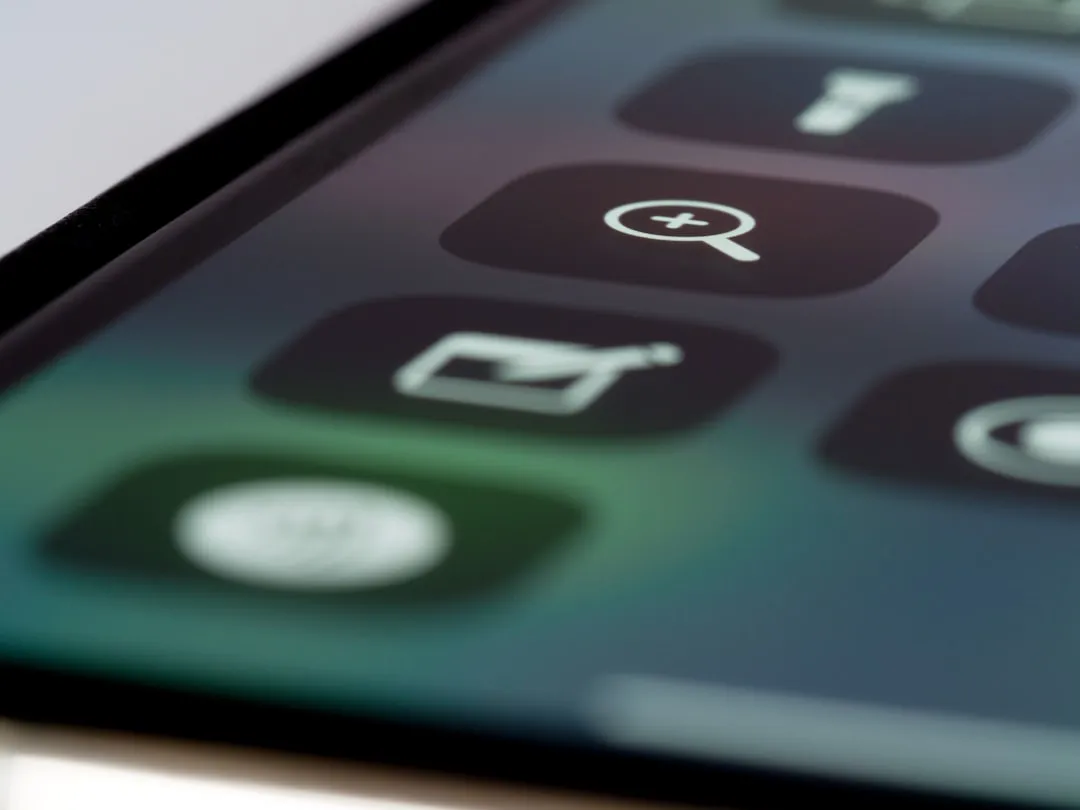
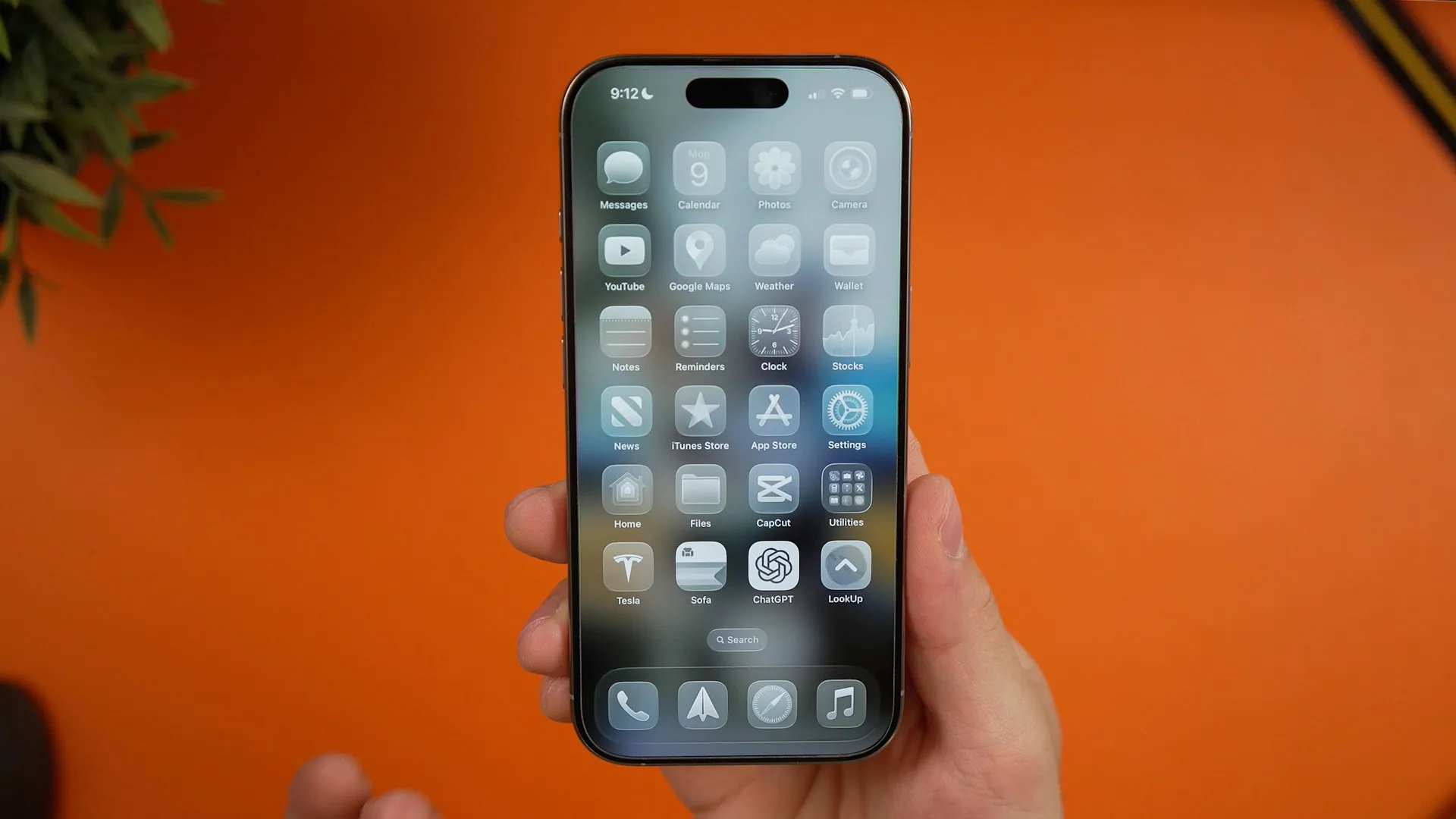
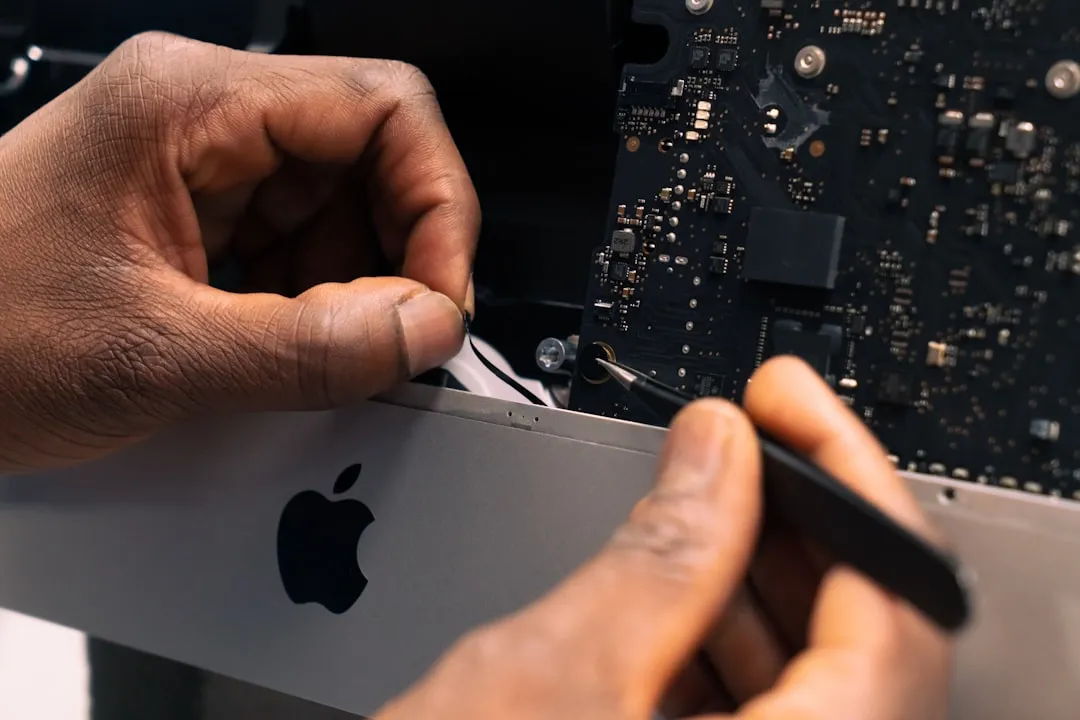
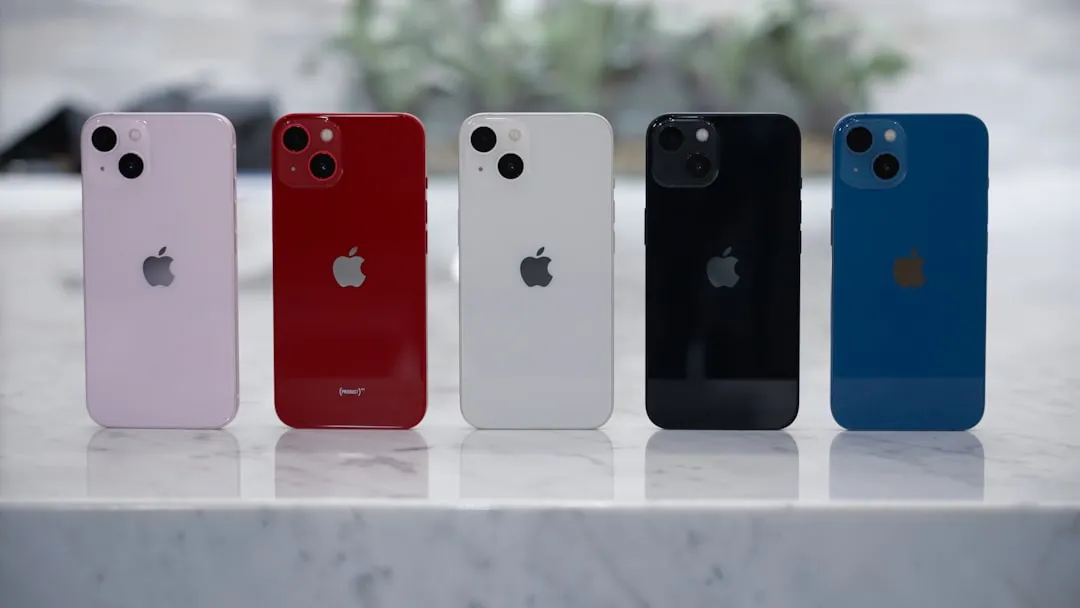
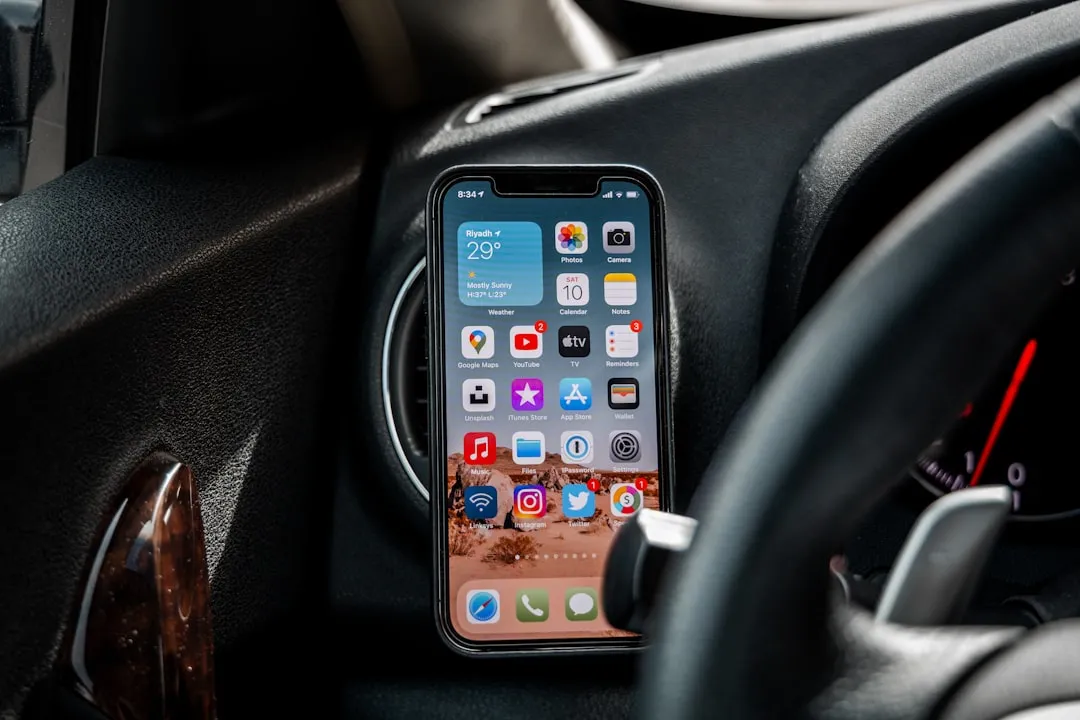


Comments
Be the first, drop a comment!